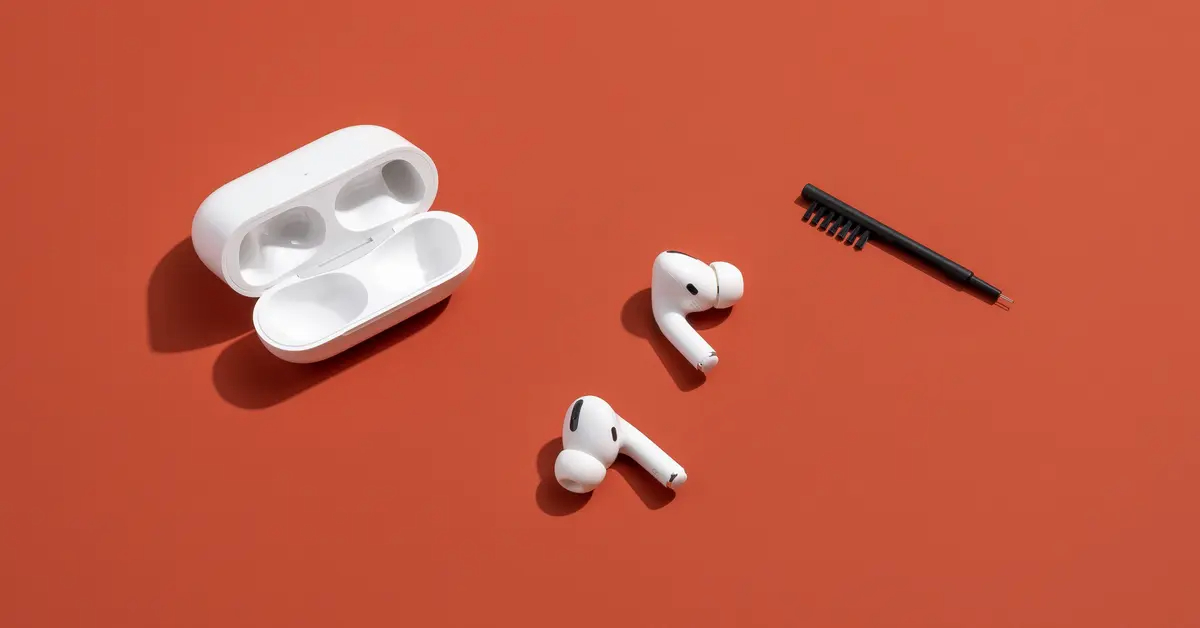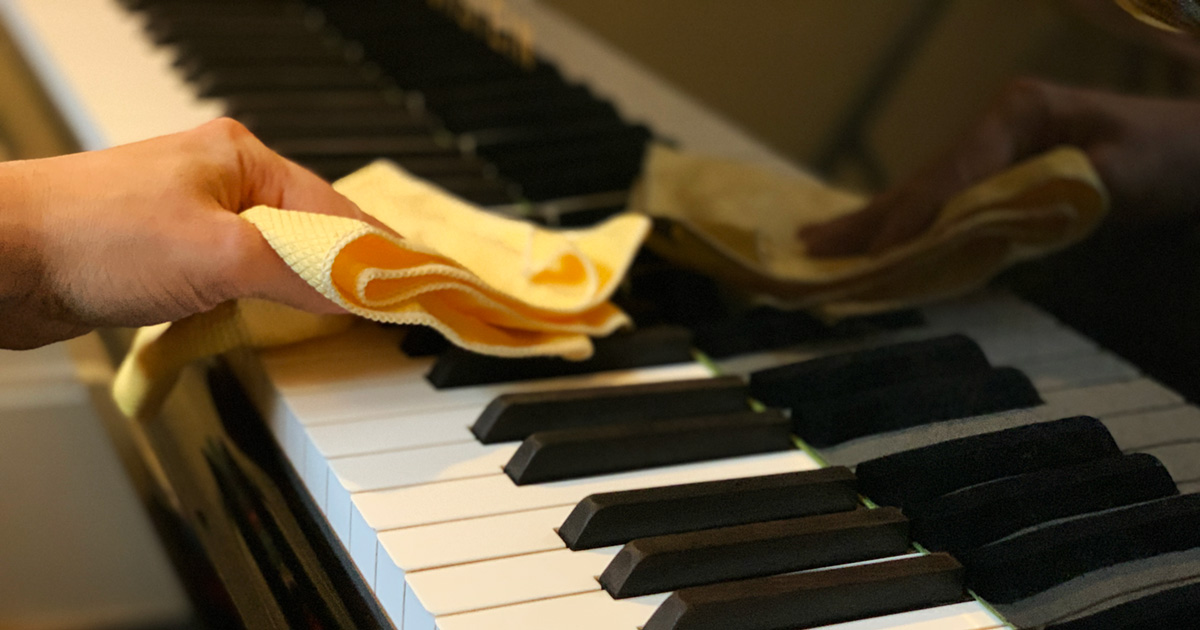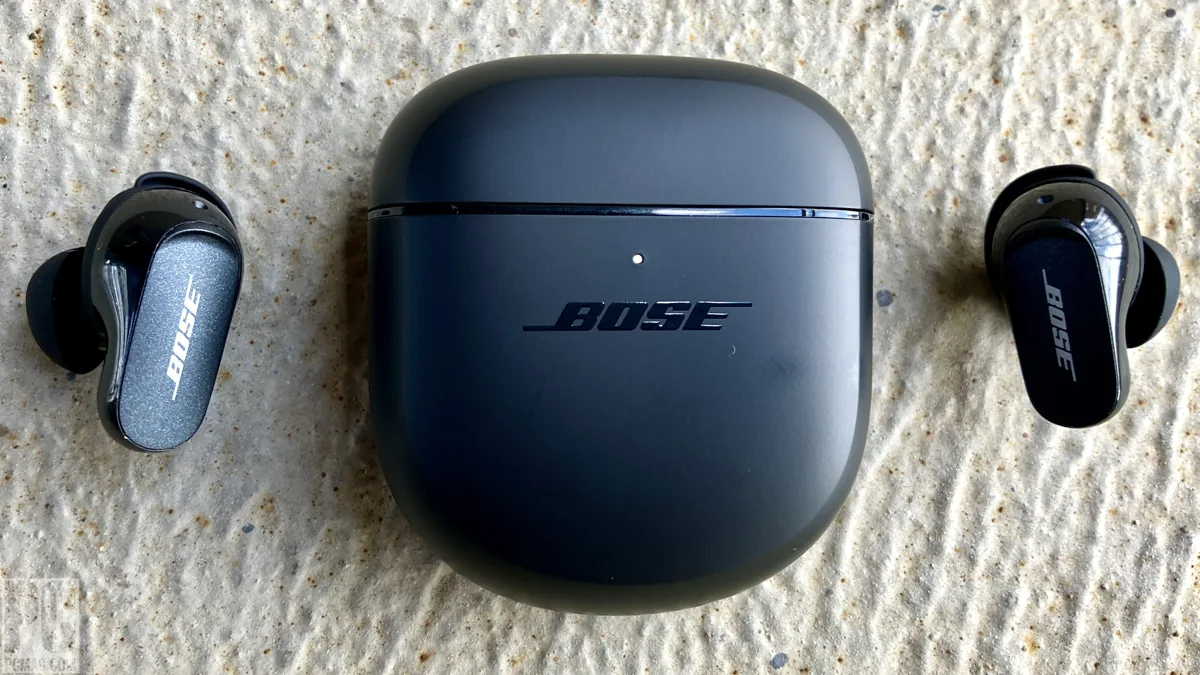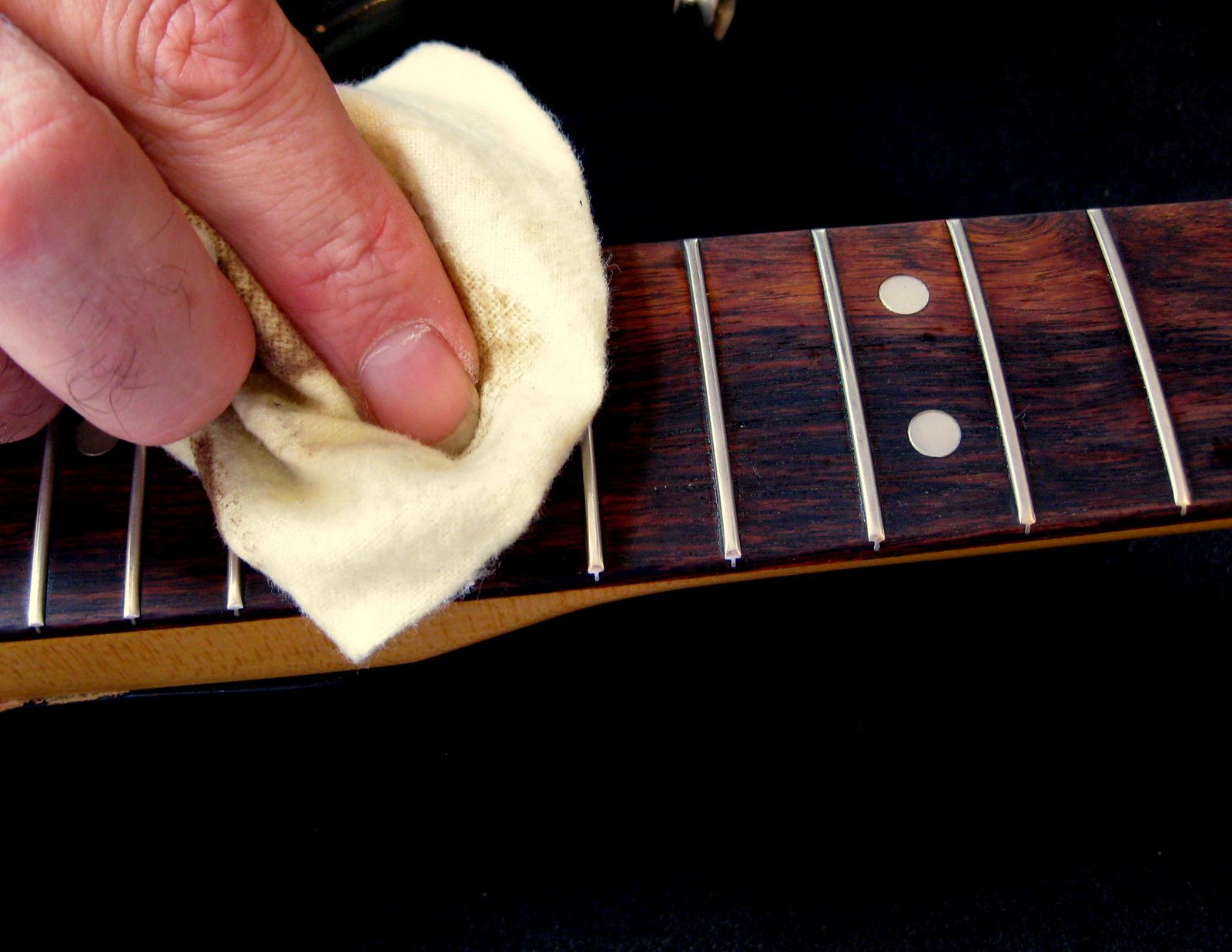Home>Instruments>Drums>How To Clean Conga Drums
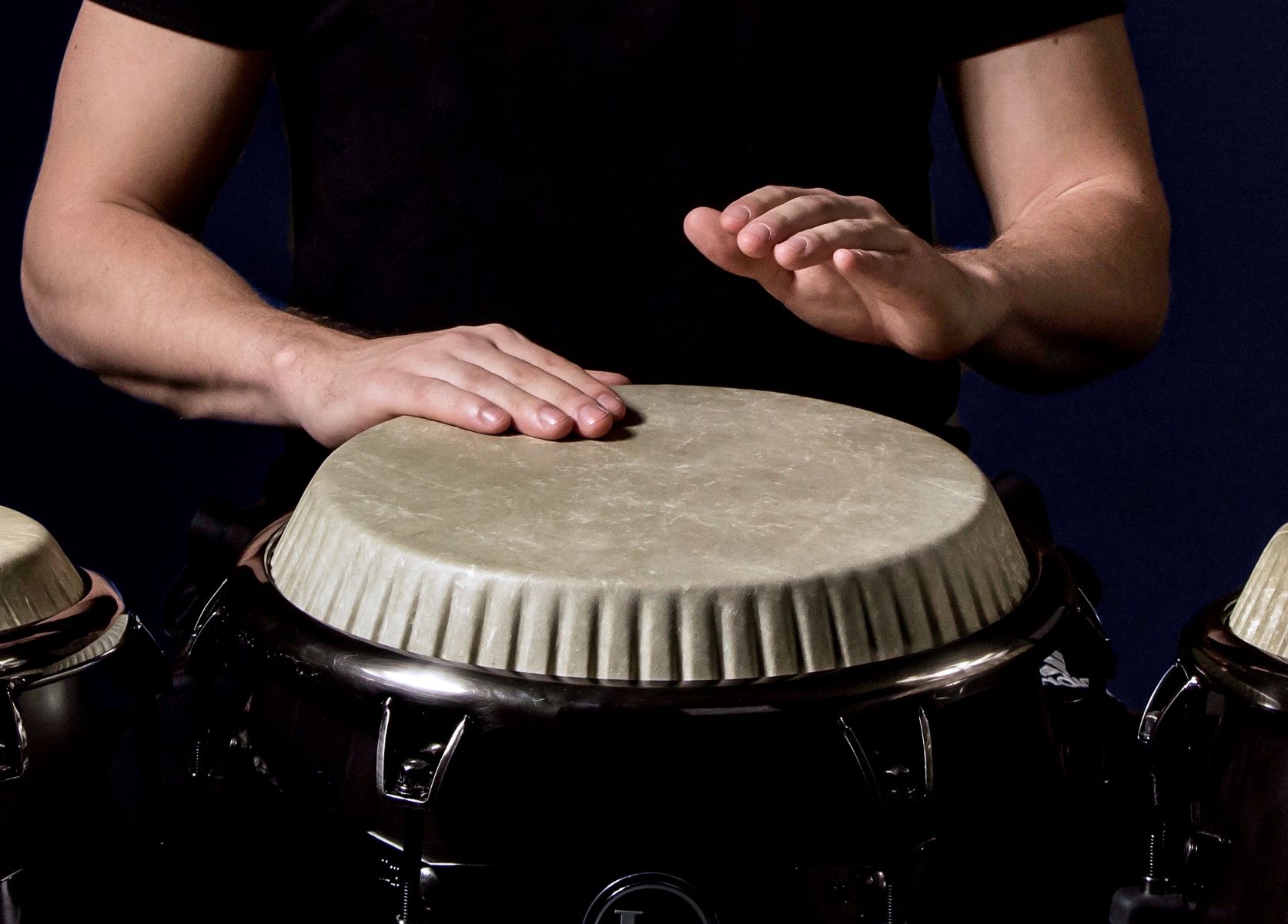

Drums
How To Clean Conga Drums
Published: February 9, 2024
Learn the best techniques for cleaning and maintaining your conga drums. Keep your drums in top condition with our expert tips and advice. Discover how to care for your drums and extend their lifespan.
(Many of the links in this article redirect to a specific reviewed product. Your purchase of these products through affiliate links helps to generate commission for AudioLover.com, at no extra cost. Learn more)
Table of Contents
Introduction
Conga drums are not only musical instruments but also works of art with rich cultural significance. Whether you're a seasoned percussionist or a beginner, maintaining the cleanliness of your conga drums is essential for preserving their sound quality and prolonging their lifespan. Additionally, regular cleaning enhances the visual appeal of the drums, making them a captivating centerpiece in any musical ensemble or home decor.
Proper cleaning of conga drums involves a few key steps, including wiping down the drumhead, cleaning the drum shell, and polishing the hardware. By following these steps, you can ensure that your conga drums remain in optimal condition for years to come.
In this guide, we will walk you through the process of cleaning your conga drums, providing you with the necessary knowledge and techniques to maintain their beauty and functionality. Whether you use your conga drums for performances, recording sessions, or casual jam sessions, keeping them clean is crucial for delivering the best possible sound and maintaining their value.
Let's dive into the world of conga drum maintenance and explore the steps to clean and preserve these iconic percussion instruments.
Gather Your Supplies
Before embarking on the cleaning process, it’s essential to gather the necessary supplies to ensure that you can effectively and safely clean your conga drums. Here’s a list of items you’ll need:
- Clean, soft cloths: These will be used to wipe down the drumhead and shell without causing any damage.
- Mild soap: Opt for a gentle, non-abrasive soap to clean the drum shell and hardware.
- Water: Have a small bucket or container of water available for diluting the soap and rinsing the drum surfaces.
- Cotton swabs: These are useful for reaching and cleaning small and intricate areas of the hardware.
- Drum polish: Choose a high-quality polish specifically designed for percussion instruments to maintain the shine of the hardware.
- Screwdriver: If your conga drums have tension rods, a screwdriver may be necessary for disassembling and reassembling the hardware.
By ensuring that you have these supplies on hand, you can streamline the cleaning process and achieve optimal results without causing any damage to your conga drums.
Wipe Down the Drumhead
The drumhead is a critical component of a conga drum, as it directly influences the instrument’s sound and resonance. To clean the drumhead effectively, start by removing any dust or debris using a soft, dry cloth. Gently wipe the entire surface of the drumhead, being mindful not to apply excessive pressure that could potentially damage the delicate material.
Once the dry cleaning is complete, dampen a clean cloth with water and a small amount of mild soap. Wring out any excess moisture to ensure that the cloth is only slightly damp. With gentle and circular motions, wipe the drumhead to remove any stubborn dirt or smudges. It’s important to avoid using harsh chemicals or abrasive materials, as these can compromise the integrity of the drumhead and alter its sound quality.
After cleaning, use a separate dry cloth to carefully dry the drumhead, ensuring that no moisture remains on the surface. Once dry, allow the drumhead to air out completely before proceeding with the next steps of the cleaning process. By maintaining the cleanliness of the drumhead, you can preserve its tonal quality and ensure that your conga drums produce rich and vibrant sounds during performances and practice sessions.
Clean the Drum Shell
The drum shell is not only a structural element of a conga drum but also a canvas for intricate designs and finishes. To maintain the visual appeal and structural integrity of the drum shell, regular cleaning is essential. Begin by dusting the shell with a soft, dry cloth to remove any loose particles and debris. This initial step helps prevent scratching the surface during the subsequent cleaning process.
Next, prepare a solution of mild soap and water in a small container. Dip a clean cloth into the soapy water, ensuring that it is damp but not dripping. Gently wipe the entire surface of the drum shell, paying particular attention to any areas with visible dirt or stains. For stubborn spots, you can use a soft-bristled brush or a cotton swab to target specific areas without causing damage to the finish.
After cleaning, use a separate cloth dampened with clean water to remove any soapy residue from the drum shell. Thoroughly dry the shell with a fresh, dry cloth to prevent water spots or streaks from forming. It’s important to avoid using harsh chemicals or abrasive cleaning agents, as these can damage the finish and compromise the visual appeal of the drum shell.
Once the drum shell is clean and dry, take a moment to admire its beauty and craftsmanship. Regular cleaning not only preserves the aesthetics of the drum but also ensures that it remains a stunning centerpiece in any musical setting.
Polish the Hardware
The hardware of a conga drum, including the tension rods, rims, and other metal components, not only provides structural support but also contributes to the overall aesthetic appeal of the instrument. To maintain the luster and functionality of the hardware, regular polishing is essential.
Start by using a specialized drum polish that is designed specifically for percussion instruments. Apply a small amount of the polish to a clean, soft cloth, and gently rub it onto the metal hardware. Ensure that the polish is evenly distributed, covering all visible surfaces of the hardware. Take care to avoid getting polish on the drumhead or shell, as this can affect the sound quality and appearance of the drum.
Using a separate clean cloth, buff the hardware to a shine, removing any excess polish and revealing the natural luster of the metal. Pay close attention to detail, ensuring that every component is polished to perfection. This step not only enhances the visual appeal of the hardware but also protects it from corrosion and oxidation, prolonging its lifespan.
For intricate or hard-to-reach areas, such as tension rod threads or small crevices, use a cotton swab dipped in polish to ensure that every part of the hardware receives the necessary attention. By maintaining the cleanliness and shine of the hardware, you can elevate the overall presentation of your conga drums and showcase their beauty during performances and practice sessions.
Reassemble the Conga Drums
After completing the cleaning and polishing process, it’s time to reassemble the conga drums to their original state. If you disassembled any hardware components, such as tension rods or rims, during the cleaning process, carefully reattach them to the drum shell using the appropriate tools, such as a screwdriver if necessary. Take care to tighten the hardware securely, ensuring that the drum remains structurally sound and stable.
As you reassemble the drums, take a moment to inspect each component for any signs of damage or wear. This is an opportune time to identify and address any issues that may affect the drum’s performance or longevity. If you notice any worn or damaged parts, consider replacing them to maintain the optimal functionality and appearance of your conga drums.
Once all hardware components are securely in place, take a moment to tune the drumhead to your desired pitch and tension. This step ensures that the drum is ready to deliver the best possible sound quality during your next musical endeavor. Whether you prefer a higher pitch for bright, cutting tones or a lower pitch for deep, resonant sounds, tuning the drumhead to your preference is essential for achieving the desired sonic characteristics.
Finally, give the assembled conga drums a visual inspection to ensure that they are clean, polished, and free from any blemishes. By taking the time to reassemble the drums meticulously, you can present them as stunning, well-maintained instruments that are ready to take center stage in any musical setting.
Conclusion
Cleaning and maintaining conga drums is not only a practical necessity but also a labor of love that honors the rich tradition and craftsmanship behind these iconic percussion instruments. By following the steps outlined in this guide, you can ensure that your conga drums remain in optimal condition, both visually and sonically.
Regularly wiping down the drumhead and shell, polishing the hardware, and reassembling the drums not only preserves their functionality but also enhances their visual appeal, making them a captivating addition to any musical ensemble or space. The care and attention you invest in cleaning your conga drums reflect your dedication to the art of percussion and the appreciation of the instrument’s cultural significance.
Furthermore, maintaining clean and well-maintained conga drums is essential for delivering the best possible sound quality during performances, rehearsals, and recording sessions. The cleanliness of the drumhead and shell directly impacts the instrument’s tonal characteristics, ensuring that it produces rich, vibrant, and resonant sounds that captivate audiences and elevate musical compositions.
As you complete the cleaning process and admire the gleaming surfaces of your conga drums, take pride in knowing that you have preserved the beauty and functionality of these timeless instruments. Whether you’re a professional percussionist, a passionate hobbyist, or a collector of musical artifacts, the care and attention you devote to cleaning your conga drums contribute to their longevity and cultural significance.
So, the next time you sit down to play your conga drums, take a moment to appreciate the meticulous cleaning process that has ensured their pristine condition. Your efforts in maintaining these instruments not only honor their heritage but also contribute to the enduring legacy of conga drums in the world of music.


